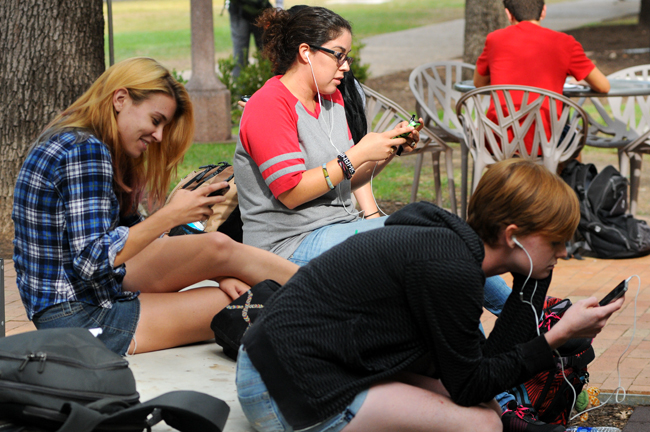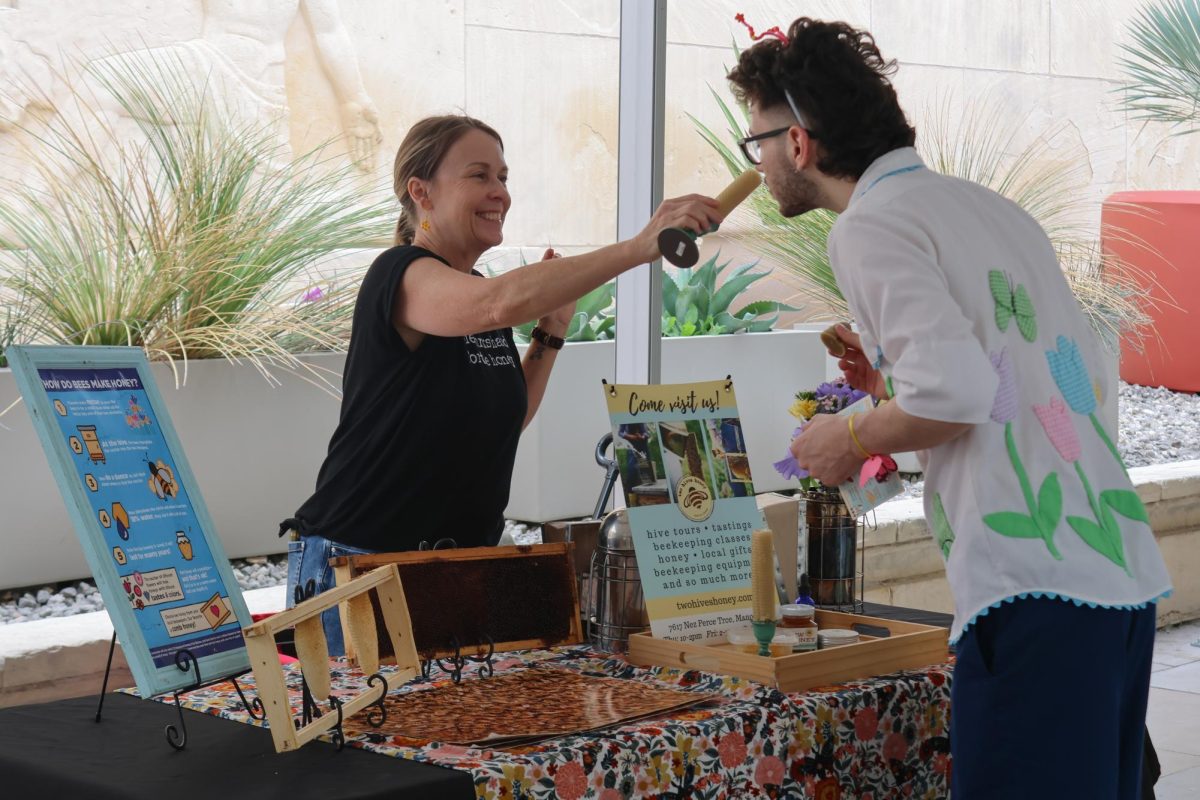Problems with cell reception in and around UT are nothing new, especially after kickoff at Saturday football games, but a campus distributed antenna system is constantly working to better reception quality and manage demand.
Originally deployed in 2008, the campus distributed antenna system is a partnership between Information Technology Services and wireless networks AT&T, Verizon and Sprint to provide improved wireless coverage across campus. The networks’ participation in the project is entirely voluntary and the vendors rely on reports of coverage issues provided by the University. Last month, AT&T added additional 3G coverage and completed LTE upgrades to the system, although the impact of this additional coverage is still unkown.
“A distributed antenna system, or DAS, is a network of small antennas designed to enhance wireless service within an area or building,” said Briana Gowing, AT&T spokeswoman for the Austin market. “A DAS boosts network capacity, helping lessen the pressure on wireless networks when thousands of people close together are using their mobile devices all at once.”
For some, the system’s initiatives still seem to fall short of solving cellular data issues at sporting events. Public relations sophomore Solimar Serrano is one of the many students who complain of
shoddy connections.
“Game day reception is notoriously horrible,” Serrano said. “I like taking pictures at football games and sharing them to friends not present, but by the time I’m able to post them, the game is over. It’s really annoying.”
Gowing said AT&T’s distributed antenna system was tested before Saturday’s game and was found to satisfy the major performance metrics. She said consistent cell phone reception is contingent on a variety of things.
“Wireless network performance can still vary throughout a venue based on a number of factors, including location, type of device and overall traffic on the network at any given time,” Gowing said.
William Green, director of networking and telecommunications for Information Technology Services, said the vendors with whom IT Services works conduct annual performance reports which are shared with the University. The next reports are expected to be released in late spring, and Green said he feels hopeful for the continued progress and enhancement of the distributed antenna system.
“The University and the vendors managing our DAS continue to work with all the carriers to improve cellular services on campus,” Green said.















